Growing Elderly Population
Germany's aging population is another significant driver impacting the nasal splints market. With a demographic shift towards an older population, the prevalence of nasal and sinus-related ailments is likely to increase. Older adults often experience chronic conditions that necessitate surgical interventions, thereby increasing the demand for nasal splints. Current statistics indicate that over 20% of the German population is aged 65 and above, a figure projected to rise in the coming years. This demographic trend suggests a growing market for nasal splints, as healthcare systems adapt to meet the needs of an aging populace. The nasal splints market must prepare for this shift by ensuring adequate supply and innovation in product offerings tailored to older patients.
Rising Healthcare Expenditure
The increase in healthcare expenditure in Germany is a crucial driver for the nasal splints market. With the government and private sectors investing more in healthcare services, there is a growing focus on improving surgical outcomes and post-operative care. Current data indicates that healthcare spending in Germany is projected to reach approximately €500 billion by 2025, reflecting a commitment to enhancing medical services. This financial investment is likely to translate into increased availability and accessibility of nasal splints, as healthcare providers seek to optimize patient recovery. The nasal splints market stands to benefit from this trend, as enhanced funding may lead to better product availability and innovation in treatment options.
Advancements in Product Design
Innovations in product design and materials are driving growth in the nasal splints market. Manufacturers are increasingly focusing on developing splints that are more comfortable, effective, and user-friendly. Recent advancements include the use of biocompatible materials and customizable designs that cater to individual patient needs. This trend is particularly relevant in Germany, where healthcare providers emphasize patient comfort and recovery outcomes. The nasal splints market is witnessing a shift towards products that not only serve their functional purpose but also enhance the overall patient experience. As a result, companies that invest in research and development to create superior products are likely to gain a competitive edge in this evolving market.
Increasing Surgical Procedures
The rise in surgical procedures related to nasal and sinus issues is a notable driver for the nasal splints market. In Germany, the number of surgeries such as septoplasty and rhinoplasty has been on the rise, with estimates suggesting an increase of approximately 10% annually. This trend is likely to boost the demand for nasal splints, as they are essential for post-operative care. The nasal splints market is expected to benefit from this growing surgical landscape, as healthcare providers increasingly recognize the importance of effective post-operative management. Furthermore, advancements in surgical techniques may lead to more patients opting for these procedures, further propelling the market. As a result, the correlation between surgical volume and the demand for nasal splints appears to be a critical factor influencing market growth.
Increased Focus on Patient-Centric Care
The shift towards patient-centric care in the healthcare system is influencing the nasal splints market. In Germany, healthcare providers are increasingly prioritizing patient outcomes and satisfaction, which has led to a greater emphasis on effective post-operative care solutions. This trend is likely to drive demand for nasal splints, as they play a vital role in ensuring proper healing and minimizing complications after nasal surgeries. The nasal splints market is adapting to this focus by developing products that align with patient needs, such as ease of use and comfort. As healthcare systems continue to evolve towards a more patient-centered approach, the demand for innovative nasal splint solutions is expected to grow.


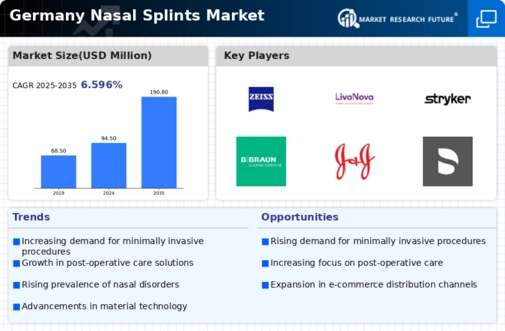

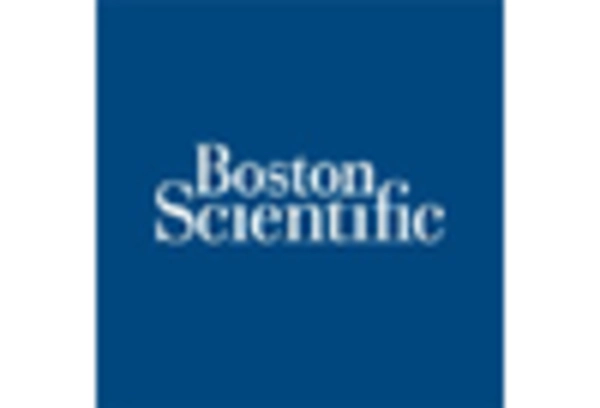
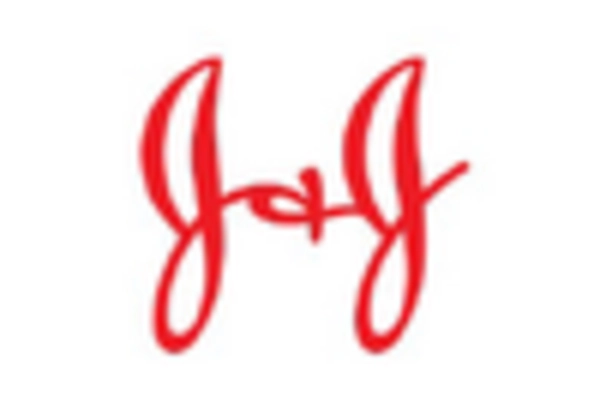
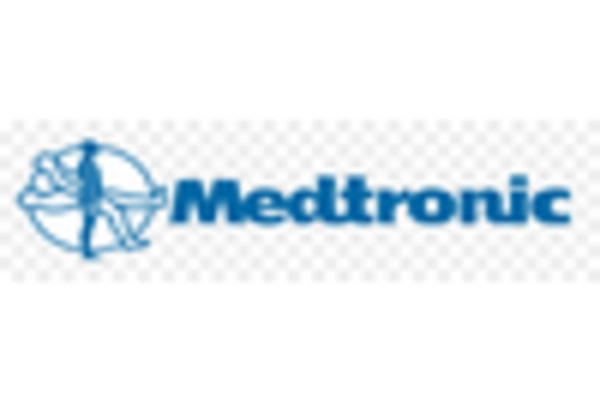
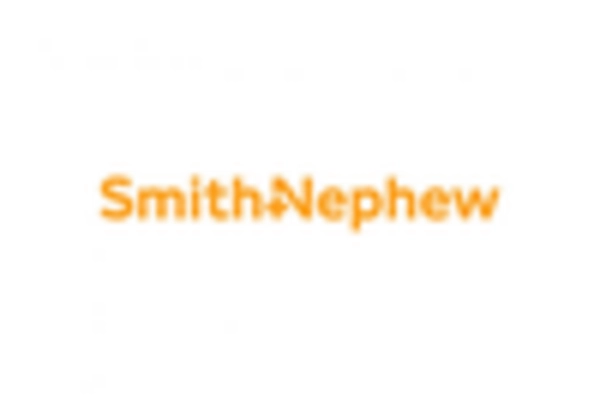
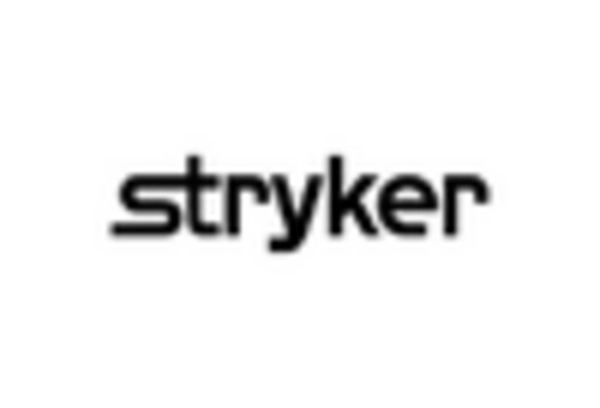








Leave a Comment